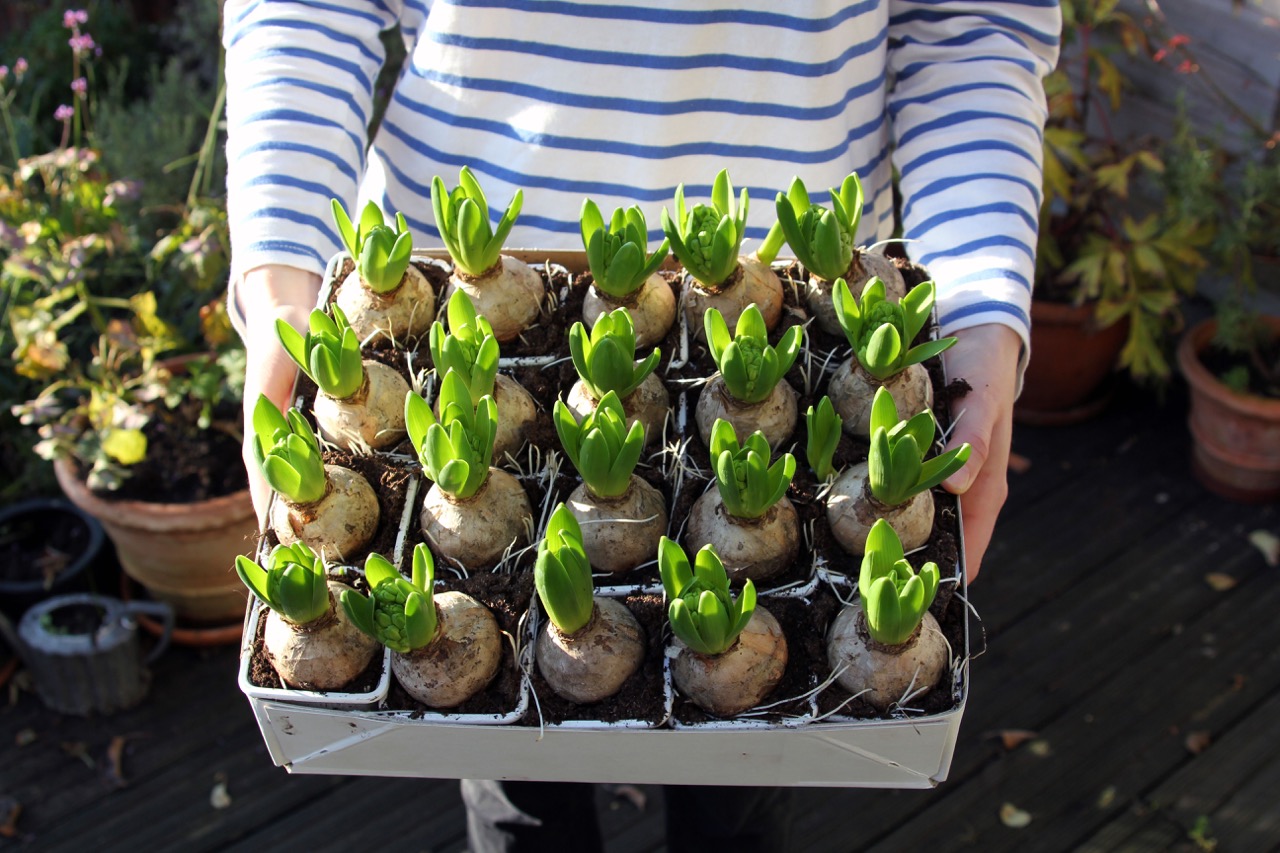

Articles
How To Store Hyacinth Bulbs
Modified: December 7, 2023
Looking for articles on how to store hyacinth bulbs? Find all the tips and tricks you need to keep your bulbs healthy and ready for planting in this comprehensive guide.
(Many of the links in this article redirect to a specific reviewed product. Your purchase of these products through affiliate links helps to generate commission for Storables.com, at no extra cost. Learn more)
Introduction
Welcome to our guide on how to store hyacinth bulbs! If you’re a gardening enthusiast or simply have a love for beautiful, fragrant flowers, then you’re likely familiar with hyacinths. These spring-blooming bulbs are known for their vibrant colors and delightful scent, making them a popular choice for many gardeners.
However, once the blooming season is over, it’s important to know how to properly store hyacinth bulbs in order to enjoy their beauty year after year. Storing bulbs correctly will ensure that they remain healthy and ready for planting when the next growing season arrives.
In this article, we will provide you with a step-by-step guide on how to correctly store hyacinth bulbs. We will cover everything from understanding the bulbs to choosing the right storage location, preparing the bulbs for storage, and monitoring and maintaining their condition. So, let’s dive in and explore the fascinating world of hyacinth bulb storage!
Key Takeaways:
- Properly storing hyacinth bulbs is essential for preserving their beauty and fragrance year after year. From choosing the right storage location to regular monitoring, these steps ensure their longevity and vitality.
- Organizing and labeling hyacinth bulbs, maintaining optimal storage conditions, and considering long-term storage tips are crucial for their health and successful blooming. With proper care, you can enjoy their beauty for many seasons.
Read more: How To Store Grape Hyacinth Bulbs
Understanding Hyacinth Bulbs
Before we delve into the details of storing hyacinth bulbs, let’s take a moment to understand what these bulbs are and how they grow. Hyacinth bulbs are small, underground storage organs that store essential nutrients and energy for the plant to survive during dormancy periods, such as winter.
Hyacinth bulbs are typically planted in the fall and bloom in the spring, filling your garden with their vibrant colors and enchanting fragrance. These bulbs are known for their bell-shaped flowers that come in a range of colors including purple, pink, blue, white, and yellow.
It’s important to note that hyacinth bulbs are perennial, meaning they have the ability to bloom for multiple years if cared for properly. However, in order to ensure their longevity and health, proper storage is crucial during the off-season.
When it comes to storing hyacinth bulbs, it’s essential to preserve their vitality by providing the right conditions for dormancy. This includes creating a cool and dry environment that mimics the natural conditions they would experience in the ground during winter.
Now that we’ve established a basic understanding of hyacinth bulbs, let’s move on to the next important step: choosing the right storage location.
Choosing the Right Storage Location
Selecting the appropriate storage location for your hyacinth bulbs is essential for their successful preservation. Here are a few factors to consider when choosing the right storage location:
- Temperature: Hyacinth bulbs require a cool temperature for proper dormancy. The ideal temperature range for storage is between 40 to 45 degrees Fahrenheit (4 to 7 degrees Celsius). Avoid locations that are too warm, as this can cause the bulbs to sprout prematurely.
- Humidity: The storage area should have low humidity to prevent fungal growth or rot. Aim for a humidity level of around 60 to 70%. If the area is too damp, consider using a dehumidifier or placing moisture-absorbing materials nearby.
- Air Circulation: Good air circulation in the storage area is crucial to prevent mold formation. Avoid storing bulbs in airtight containers as this can trap moisture and lead to rot. Instead, opt for breathable storage containers or paper bags that allow airflow.
- Light Exposure: Hyacinth bulbs should be stored in a dark location to prevent sprouting. Exposure to light can trigger growth, so keep them away from windows or areas with bright artificial lighting.
- Pest Prevention: Ensure that the storage location is free from pests such as mice or insects, as they can damage or eat the bulbs. Consider using natural deterrents like mothballs or cedar chips to ward off pests.
Based on these factors, some suitable storage locations for hyacinth bulbs include a cool, dry basement, a refrigerator, or a garage. Just remember to avoid storing them near fruits and vegetables, as the ethylene gas produced by ripening produce can negatively affect the bulbs.
Now that you have identified the perfect storage location, let’s move on to the next step: preparing the bulbs for storage.
Preparing the Bulbs for Storage
Properly preparing hyacinth bulbs for storage is crucial to ensure their health and viability during the dormant period. Follow these steps to prepare your bulbs for storage:
- Cleaning: Start by gently removing any excess soil or debris from the bulbs. Be careful not to damage the bulb or remove the papery outer layer.
- Inspecting: Inspect each bulb carefully for any signs of damage, disease, or rot. Discard any bulbs that appear soft, moldy, or discolored, as they may not survive storage or could infect the other bulbs.
- Drying: Allow the bulbs to dry naturally for a few days in a warm and well-ventilated area. This step helps to prevent excess moisture that can lead to rot during storage.
- Labeling: It’s important to know the variety and color of the bulbs you’re storing. Use a waterproof marker or labels to mark each bulb with the necessary information. This will help you identify them easily when it’s time for planting.
- Separating Bulbs: If you have multiple bulbs, it’s best to separate them before storage. This prevents overcrowding, which can lead to increased moisture retention and the spread of diseases.
- Optional Treatment: Some gardeners choose to apply a fungicidal or insecticidal powder to the bulbs before storage. This can help prevent the growth of fungi or the attack of pests during the dormant period. Follow package instructions and ensure the bulbs are dry before applying any treatments.
After following these steps, your hyacinth bulbs are now ready for proper storage. Let’s move on to the next section and learn how to store them effectively.
After the hyacinth bulbs have finished blooming, allow the foliage to die back naturally before cutting it off. Store the bulbs in a cool, dry place until it’s time to plant them again in the fall.
Storing the Hyacinth Bulbs
Now that you have prepared your hyacinth bulbs for storage, it’s time to store them in the appropriate manner to ensure their well-being. Follow these guidelines for storing hyacinth bulbs:
- Container Selection: Choose a storage container that is breathable and provides enough space for the bulbs. Avoid airtight containers, as they can trap moisture and lead to rot. Cardboard boxes, paper bags, or mesh bags are good options.
- Layering: If you have multiple bulbs, you can stack them in layers separated by a breathable material such as newspaper or dry peat moss. This helps prevent the bulbs from touching each other and reduces the risk of rot or disease spread.
- Fill Material: Use a filler material such as dry peat moss, vermiculite, or wood shavings to surround and cushion the bulbs in the container. This provides insulation and helps maintain appropriate moisture levels.
- Labeling: Place labels or markers inside the storage container, indicating the variety and color of the bulbs stored. This ensures you can easily identify them later when it’s time to plant.
- Secure Lid: If using a lidded container, ensure it is secured tightly to keep pests out and maintain consistent humidity levels inside.
- Storage Location: Place the storage container in a cool and dry location, such as a basement, garage, or refrigerator, where the temperature stays between 40 to 45 degrees Fahrenheit (4 to 7 degrees Celsius).
Remember to periodically check on the bulbs during their storage period to ensure they remain dry and healthy. If you notice any signs of mold, rot, or damage, remove the affected bulbs immediately to prevent further spread.
Now that you have successfully stored your hyacinth bulbs, let’s move on to discussing the monitoring and maintenance required during storage.
Read more: How To Store Hyacinth Bulbs After Flowering
Monitoring and Maintenance
Monitoring and maintaining the condition of your stored hyacinth bulbs is important to ensure their viability and prevent any issues that could affect their health. Here are some key steps to follow for monitoring and maintenance:
- Regular Check-ups: Check on your stored bulbs every few weeks to monitor their condition. Inspect for any signs of mold, rot, or sprouting. Remove and discard any bulbs that show signs of damage or disease promptly.
- Adjusting Humidity: If the storage area becomes too humid, consider adding moisture-absorbing materials such as silica gel packets or rice to help maintain the desired humidity level.
- Ventilation: Ensure that the storage area has proper ventilation to allow for air circulation. This helps prevent the buildup of excess moisture that can lead to rot.
- Temperature Control: Continuously monitor the temperature in the storage area to ensure it remains within the ideal range of 40 to 45 degrees Fahrenheit (4 to 7 degrees Celsius). Proper temperature control is vital for maintaining bulb dormancy.
- Pest Prevention: Regularly check for any signs of pests in the storage area. If you notice any unwanted visitors, take appropriate measures to remove them and prevent further infestation.
- Replenish Fill Material: Over time, the fill material surrounding the bulbs may settle or degrade. Periodically check and replenish the filler material if necessary to maintain insulation and moisture balance.
By consistently monitoring and maintaining the storage conditions, you can ensure the bulbs remain in optimal condition during their dormant period.
Now, before we conclude, let’s explore some additional tips and considerations for long-term storage of hyacinth bulbs.
Tips and Considerations for Long-Term Storage
When storing hyacinth bulbs for an extended period, there are a few additional tips and considerations to keep in mind:
- Rot Prevention: To prevent rot, ensure that the bulbs are completely dry before storing them. Excess moisture can lead to fungal growth and decay.
- Separate Bulbs by Variety: If you have different varieties of hyacinth bulbs, it’s best to store them separately. This helps maintain the purity of each variety and prevents any potential cross-pollination.
- Labeling and Organization: Properly label and organize your stored bulbs, making it easier to identify and locate specific varieties when it’s time to plant. Use clear and waterproof labels to prevent fading or smudging.
- Optimal Storage Duration: While hyacinth bulbs can be stored for multiple years, it’s generally recommended to replant them within 2 to 3 years for the best chances of successful growth and blooming.
- Special Considerations for Outdoor Storage: If you choose to store your bulbs outdoors, ensure they are stored in a protected location to shield them from extreme temperatures, excessive moisture, or direct sunlight.
- Consider Regenerating Bulbs: After a few years of storage, some hyacinth bulbs may lose their vigor or produce smaller blooms. To regenerate them, you can remove the small offsets or bulblets that develop around the main bulb and replant them separately.
Following these tips and considerations will help optimize the storage of your hyacinth bulbs for the long term, ensuring their health and vitality for future plantings.
With these guidelines for hyacinth bulb storage, you can enjoy the beauty and fragrance of these stunning flowers year after year. Remember, proper storage and care during the dormant period are key to their success. Happy gardening!
Conclusion
Congratulations! You’ve now learned how to properly store hyacinth bulbs and ensure their health and vitality during their dormant period. By following the steps outlined in this guide, you can enjoy the beauty and fragrance of these magnificent flowers year after year.
Remember, understanding the nature of hyacinth bulbs and their storage requirements is essential for their long-term success. Choosing the right storage location, preparing the bulbs properly, and providing the optimal storage conditions are crucial steps in preserving their quality.
Regular monitoring and maintenance of the stored bulbs, such as checking for signs of rot or pests, adjusting humidity levels, and maintaining an appropriate temperature, will contribute to their overall health and viability.
Additionally, keeping the bulbs organized by labeling and separating them by variety will make it easier for you to identify and locate specific bulbs when it’s time for planting in the future.
By following the tips and considerations for long-term storage, you can ensure the longevity and vibrancy of your hyacinth bulbs. And don’t forget, if some bulbs start to lose their vigor or produce smaller blooms after a few years, regenerating them by separating and replanting the offsets can help revive their growth.
Now, armed with this knowledge, you’re ready to embark on your journey of storing hyacinth bulbs successfully. Enjoy the beauty and fragrance these flowers bring to your garden each spring, and continue to nurture them with care and attention.
Happy gardening, and may your hyacinth bulbs bring you joy and beauty for many seasons to come!
Frequently Asked Questions about How To Store Hyacinth Bulbs
Was this page helpful?
At Storables.com, we guarantee accurate and reliable information. Our content, validated by Expert Board Contributors, is crafted following stringent Editorial Policies. We're committed to providing you with well-researched, expert-backed insights for all your informational needs.
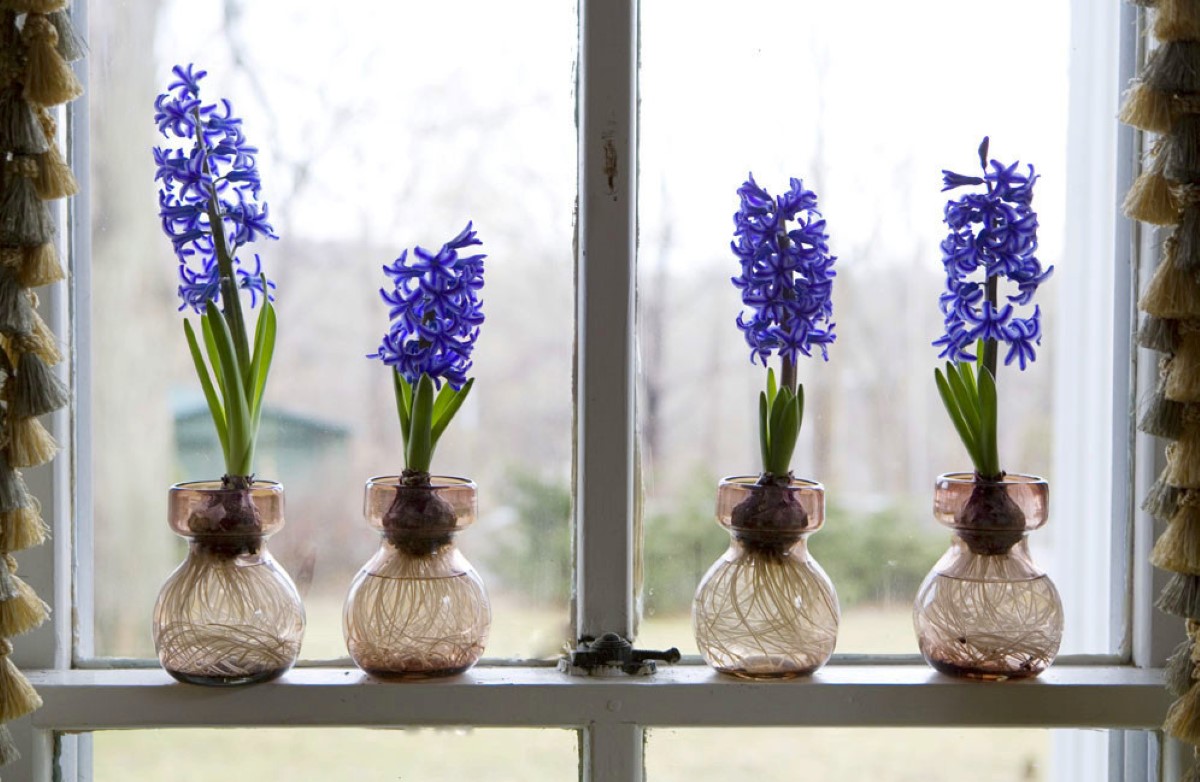
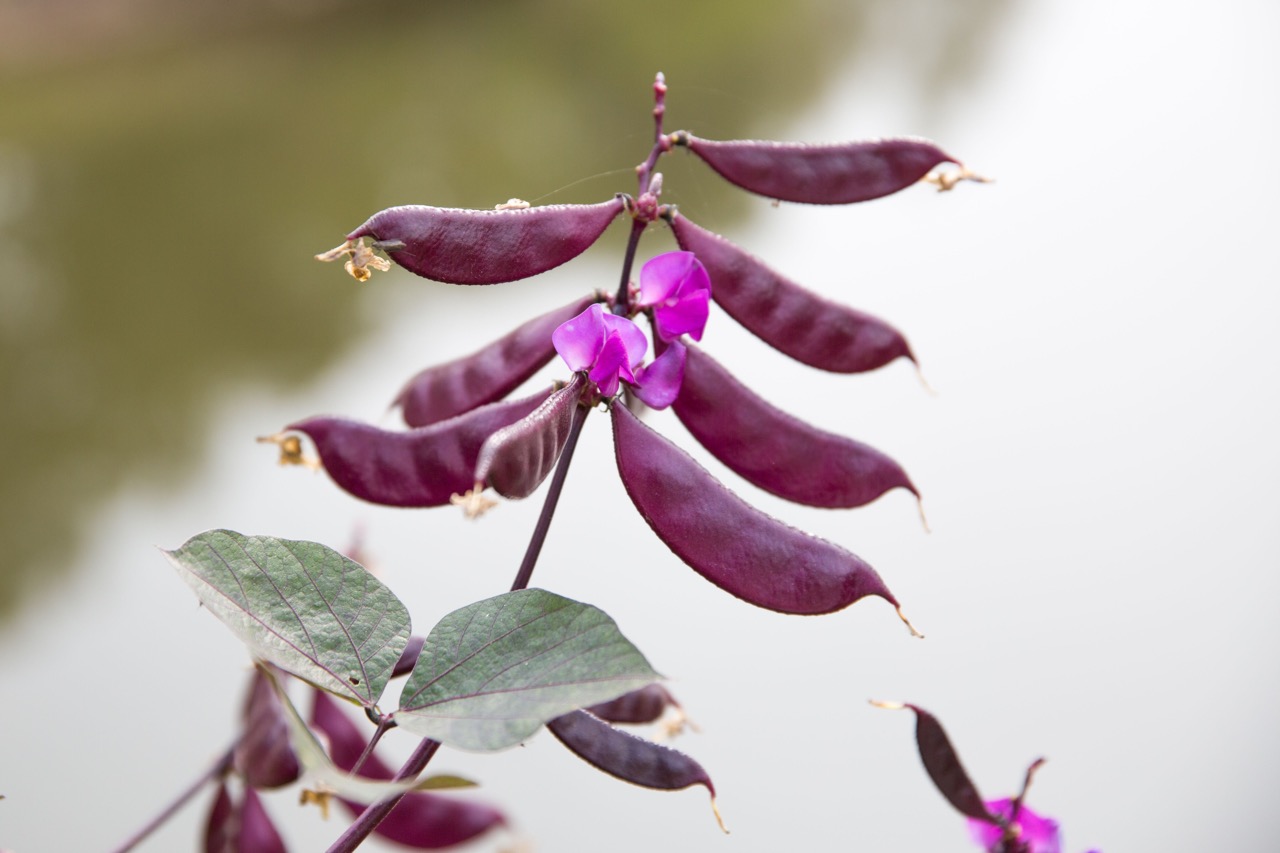
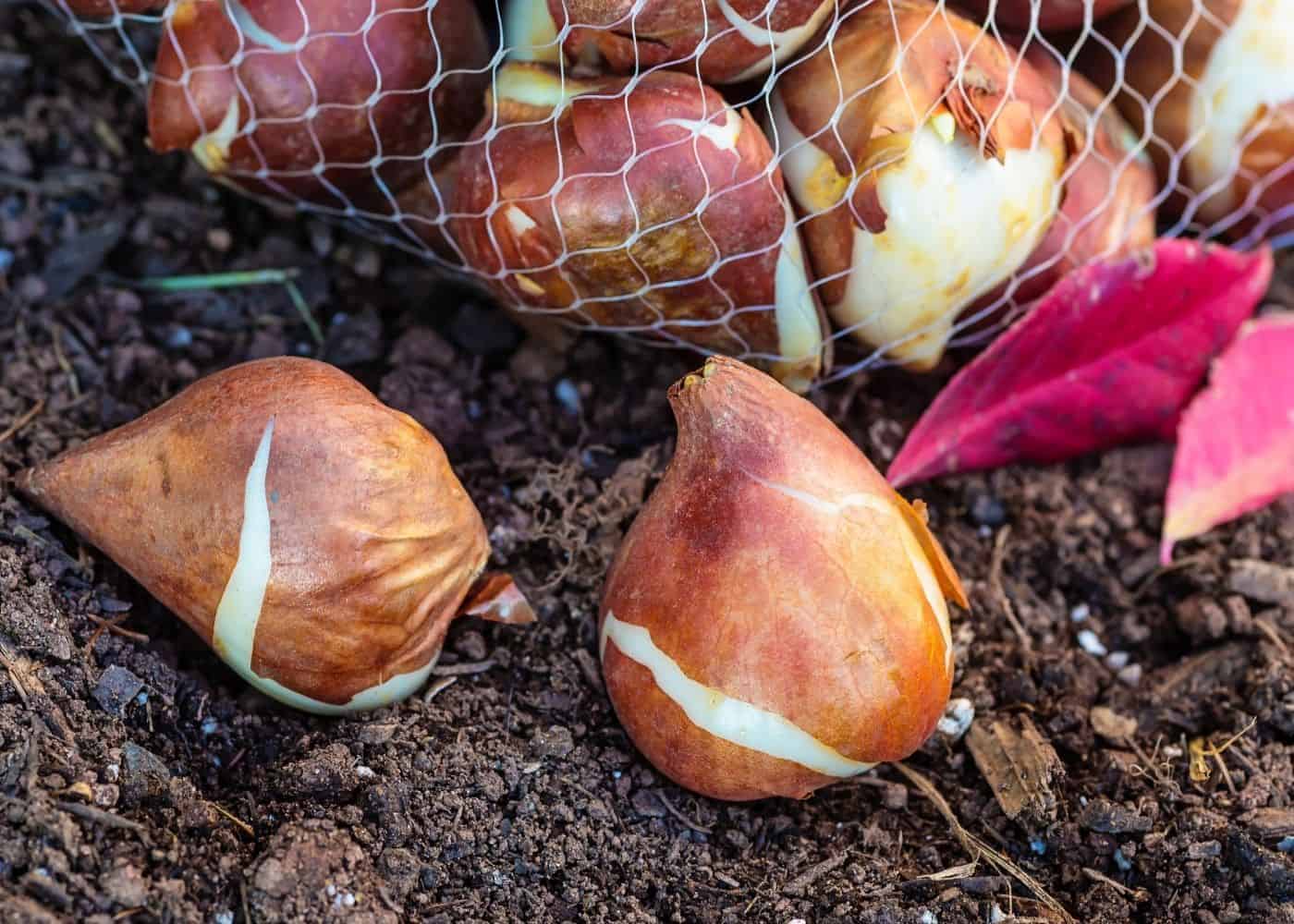
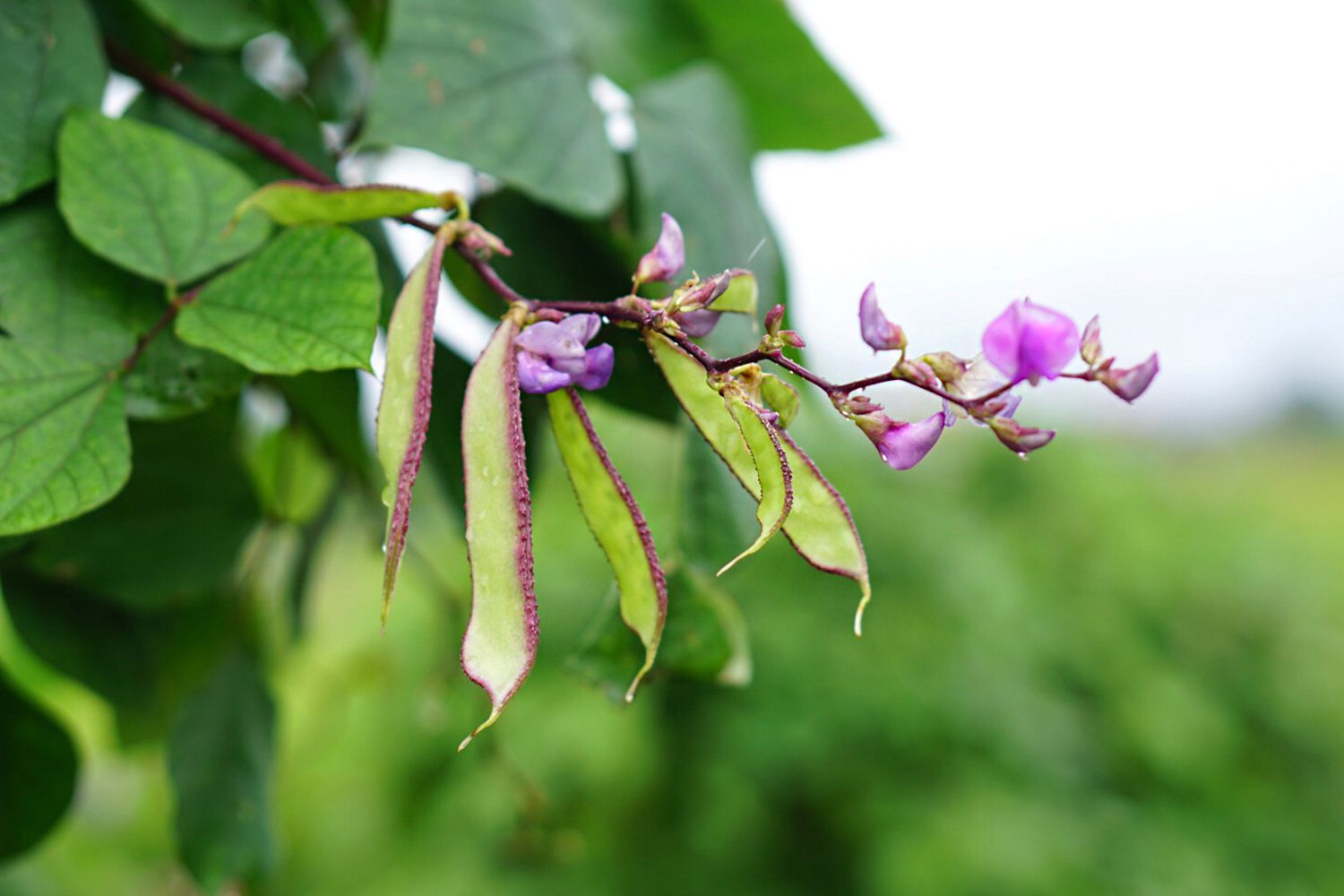
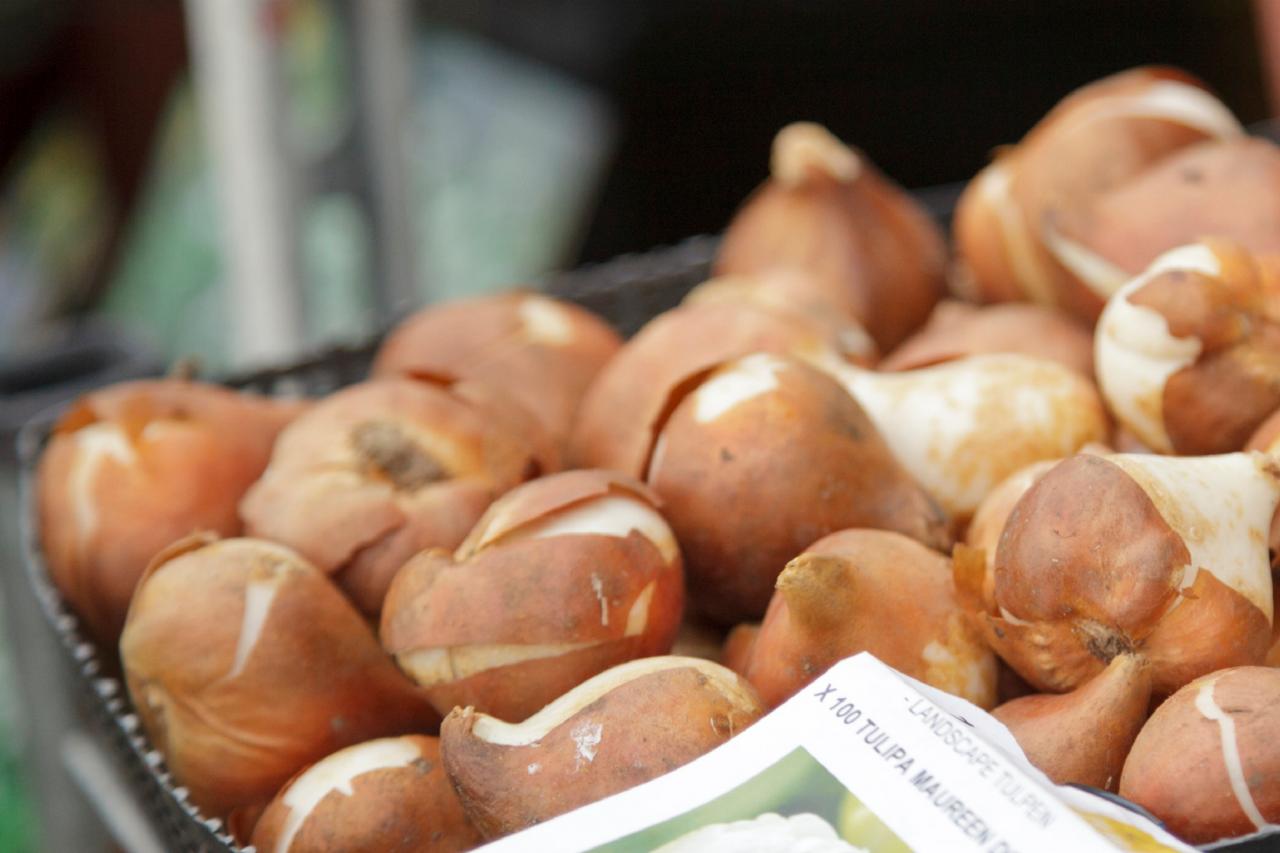
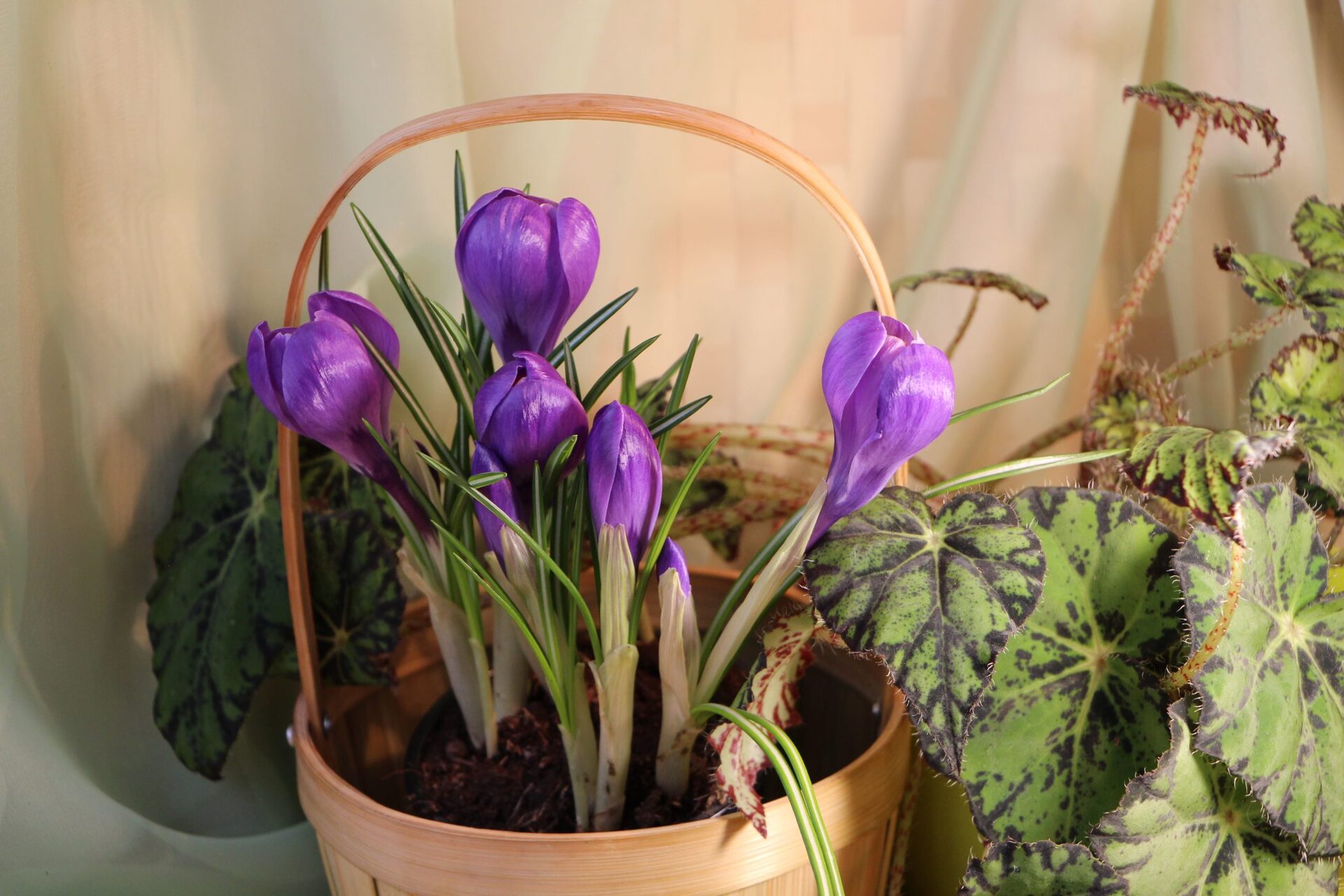
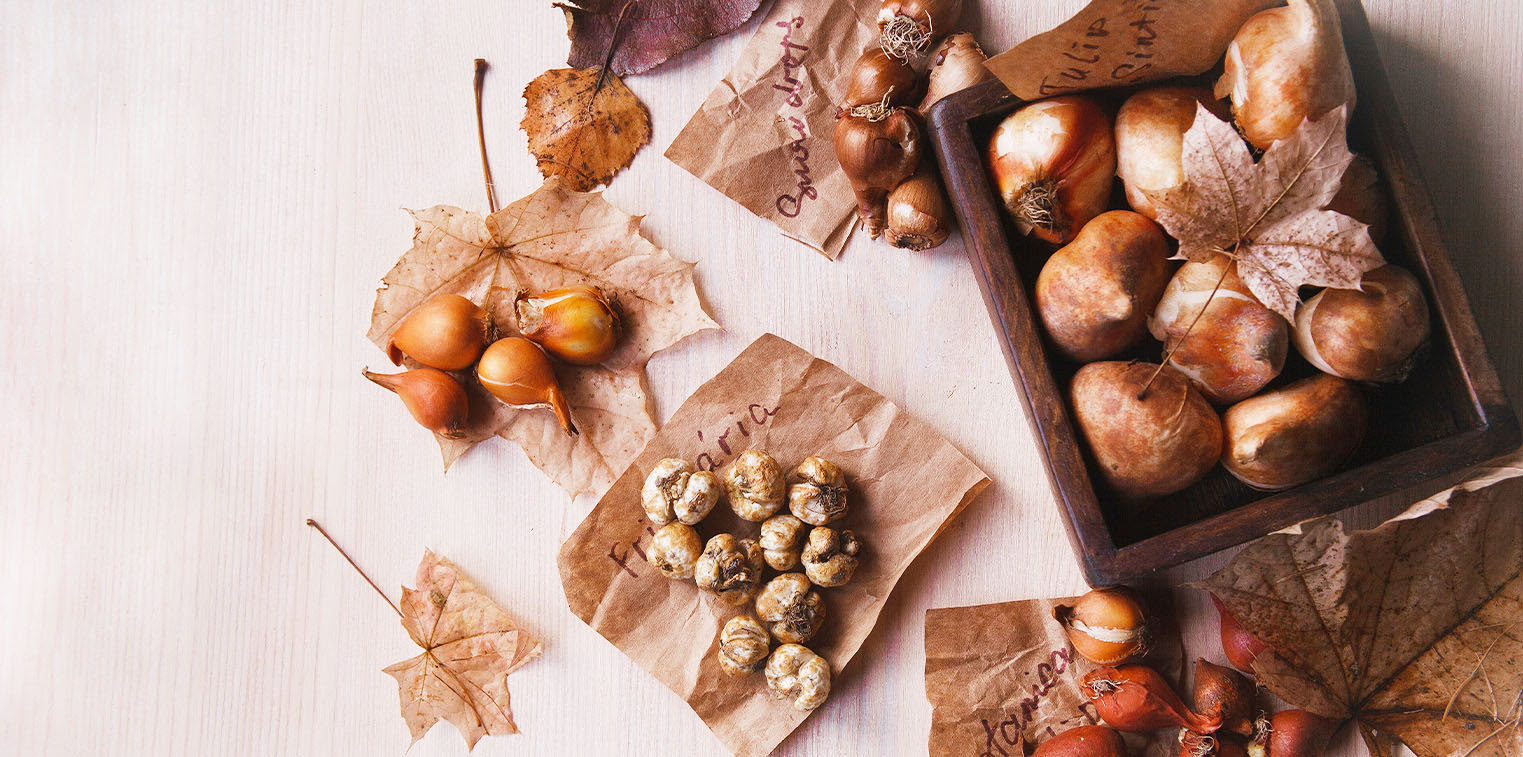
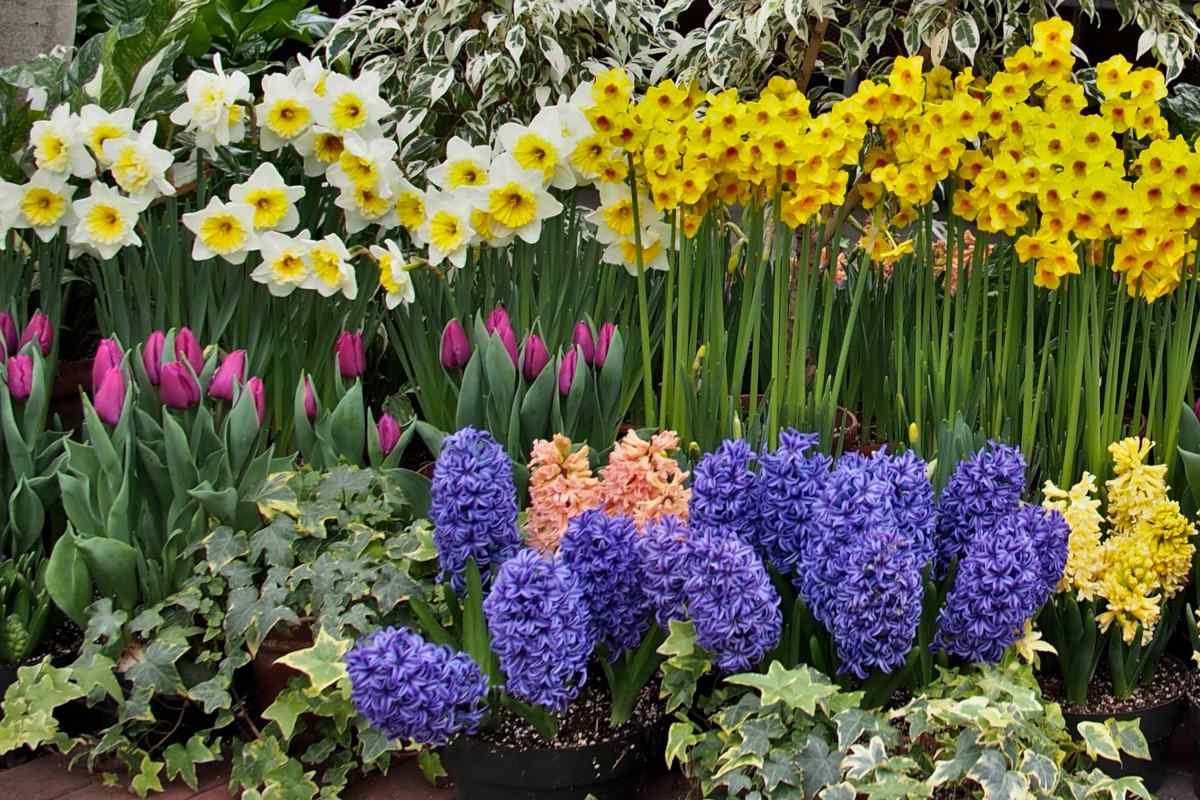
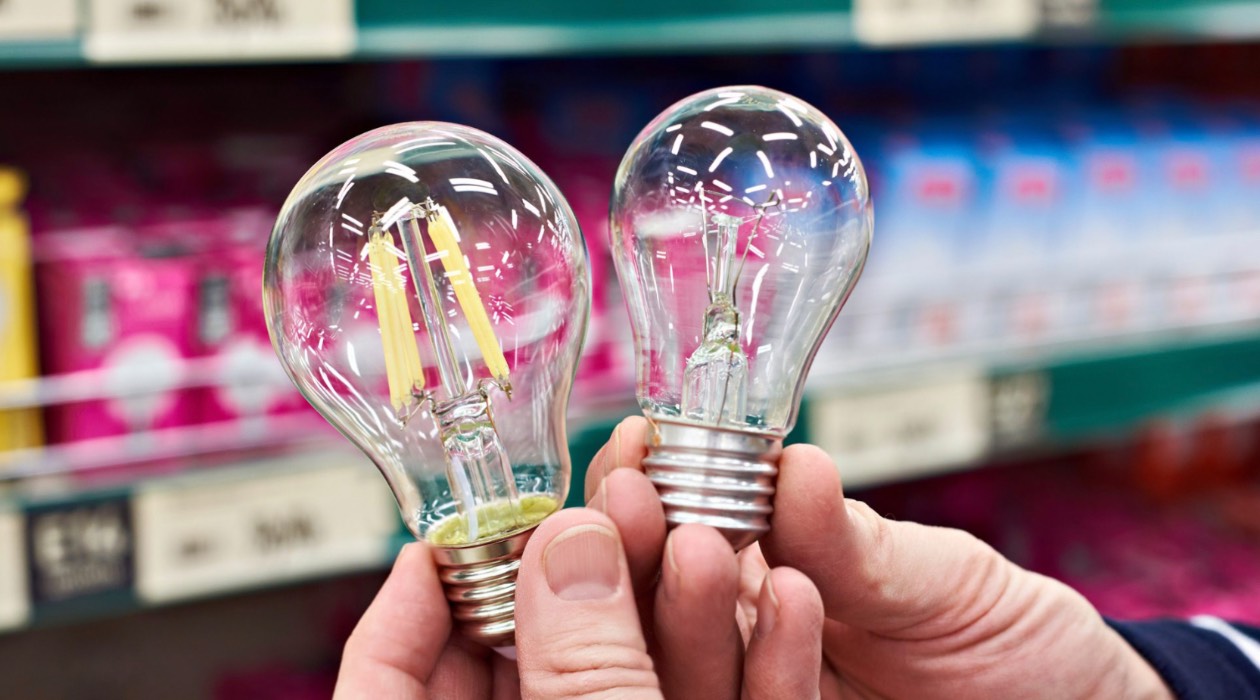
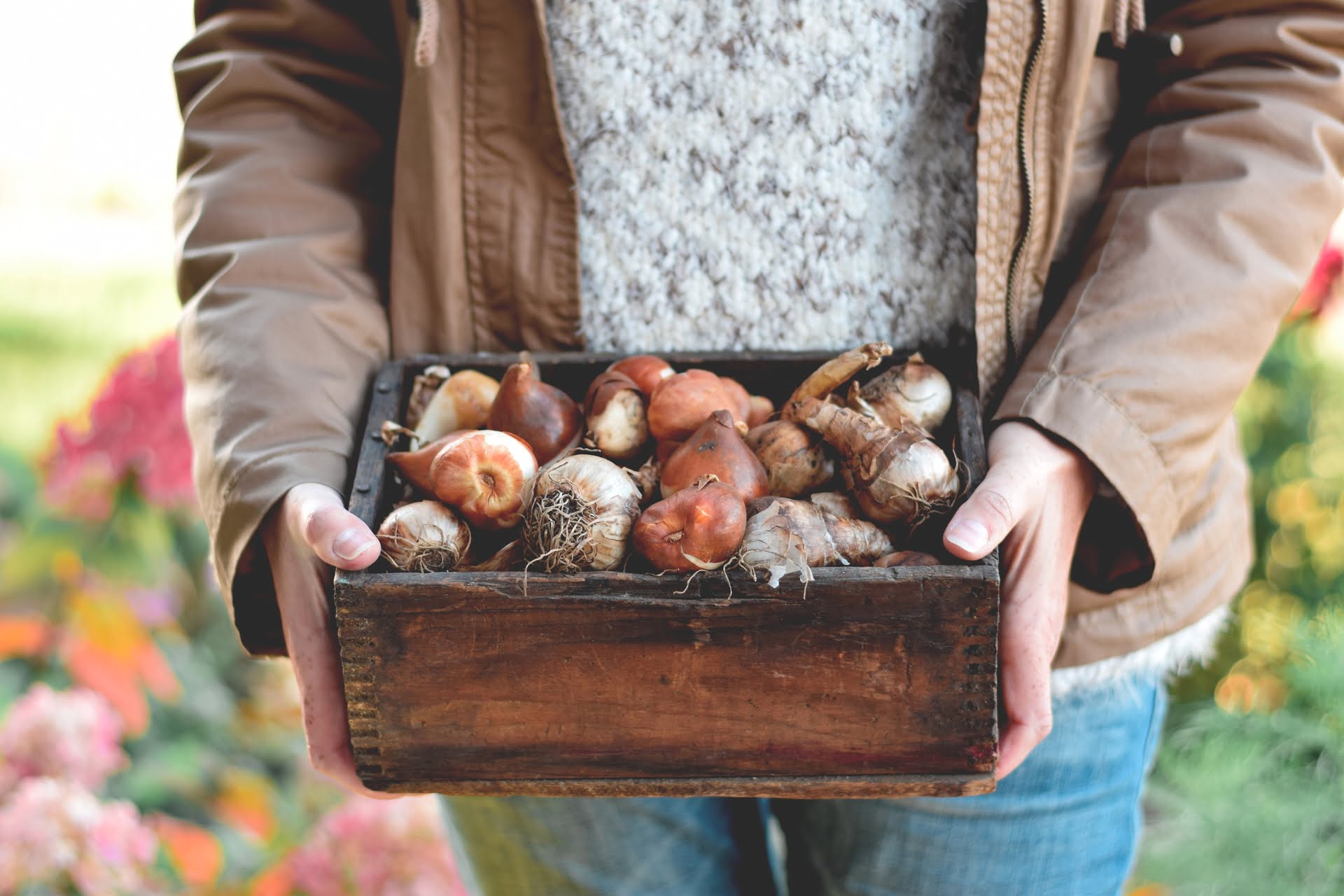
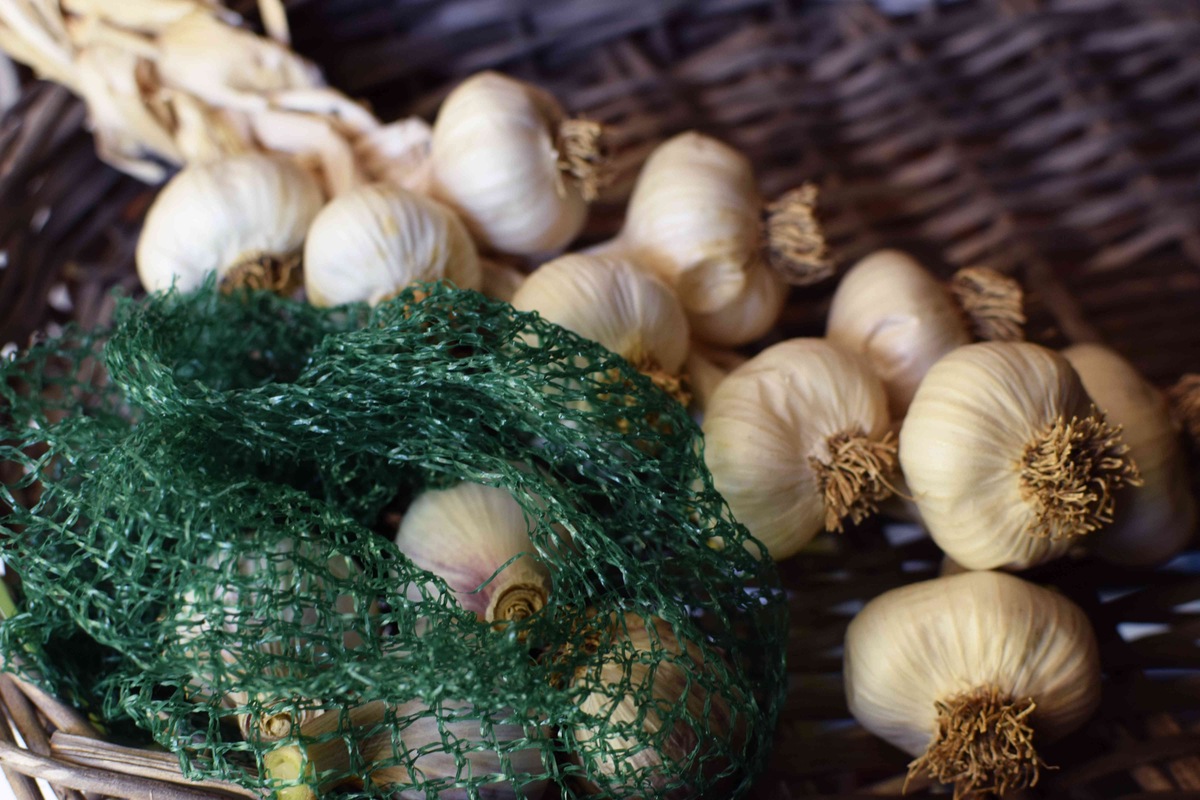
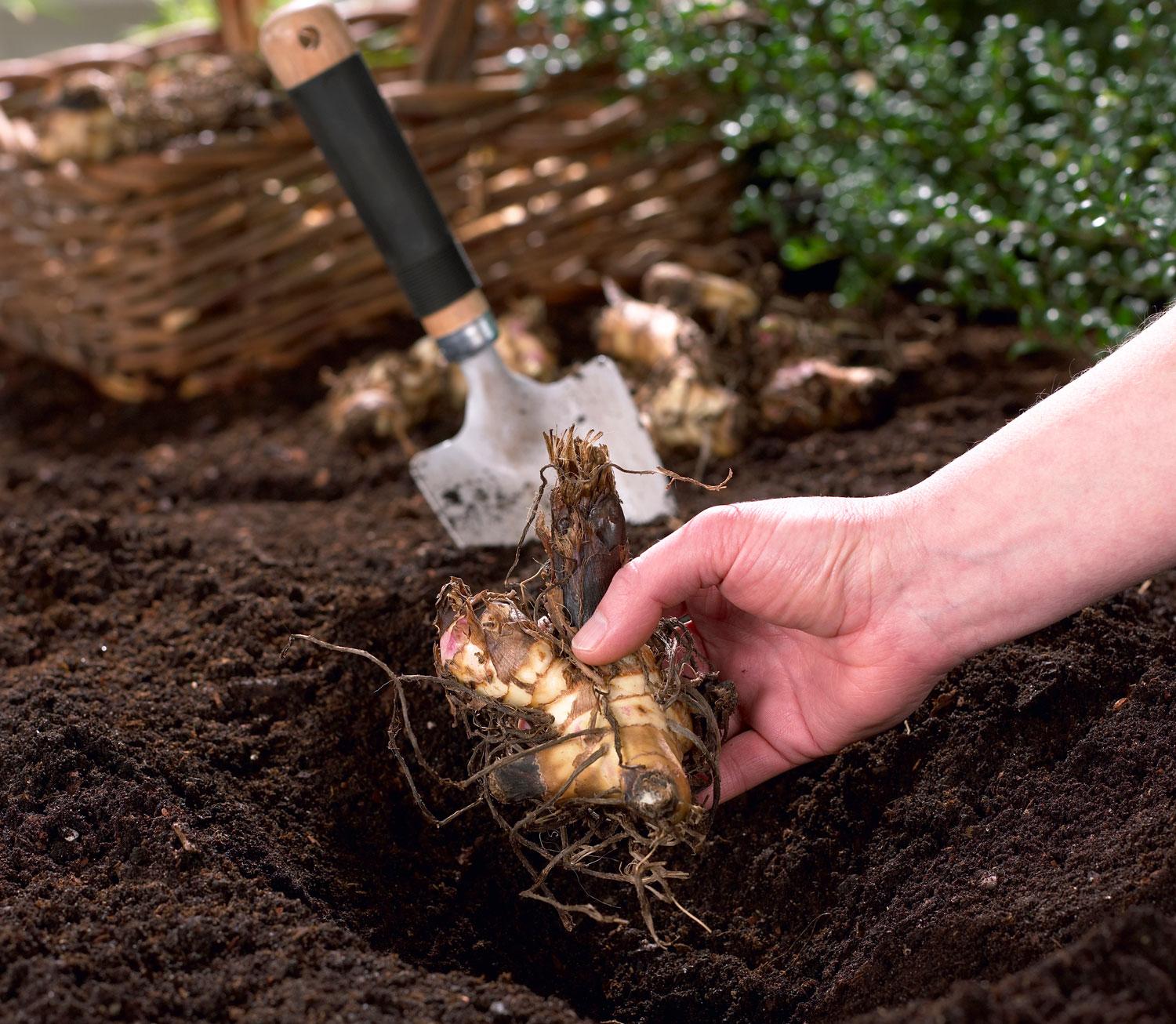

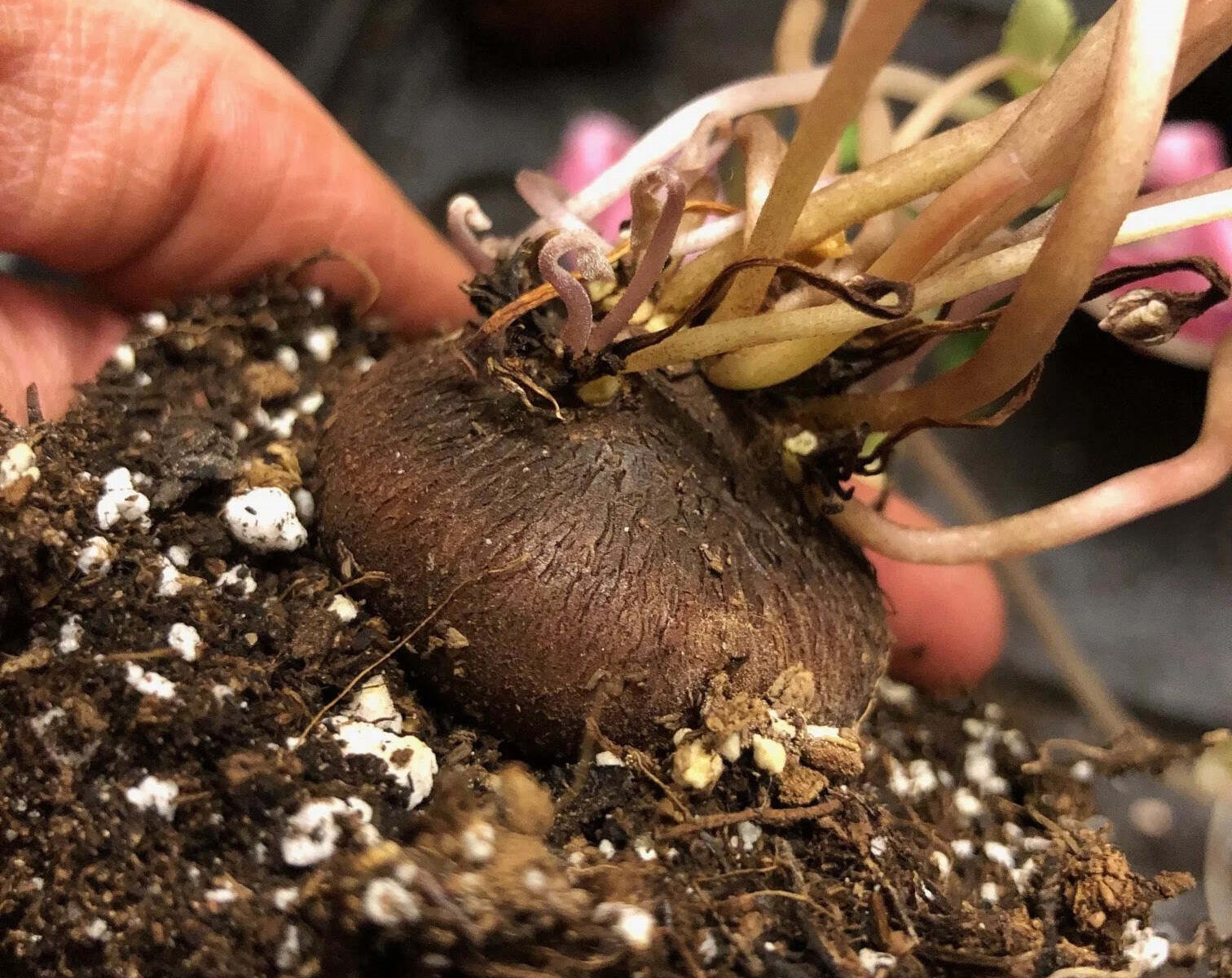

0 thoughts on “How To Store Hyacinth Bulbs”